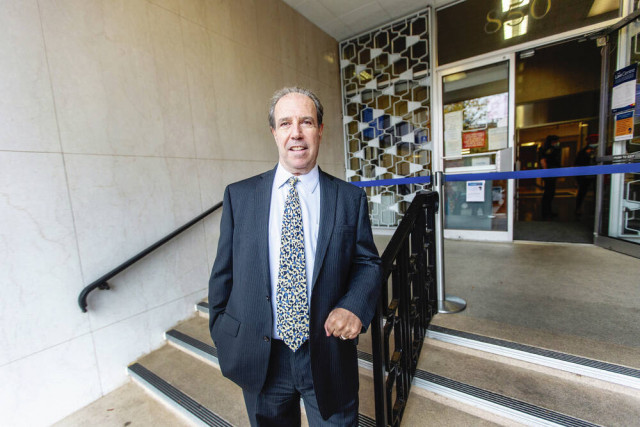The landscape of education in Maharashtra is poised for a significant shift as the Narendra Jadhav Committee prepares to submit its comprehensive report on the state’s three-language policy within the next three months. This pivotal development, officially announced via a Government Resolution (GR) by the Maharashtra School Education and Sports Department, signals a critical juncture for both educational and cultural policy, particularly in a region celebrated for its profound linguistic diversity.
India’s long-standing three-language policy, typically encompassing the study of English, Hindi, and a designated regional language, has been a foundational element of the nation’s educational architecture. Its primary objective has always been to foster national integration while simultaneously upholding and nurturing the rich mosaic of regional languages and their associated cultures. This framework seeks to strike a delicate balance, ensuring that students are proficient in a language of wider communication, the national language, and their native tongue, thereby equipping them for diverse academic and professional paths.
The Narendra Jadhav Committee’s specific mandate is to undertake a meticulous review of how this policy is currently being implemented and its overall efficacy within Maharashtra. This involves a deep dive into its real-world impact on students across various age groups, the challenges faced by educators in delivering multilingual instruction, and the broader societal ramifications, including cultural preservation and inter-community understanding. The committee’s findings are expected to illuminate areas of success and identify potential shortcomings or areas requiring immediate attention in the existing structure.
Anticipation is high for the forthcoming report, which is projected to offer detailed recommendations that could precipitate substantial revisions across several key areas. These potential changes may include significant alterations in curriculum frameworks, the introduction of innovative pedagogical methodologies for language acquisition, and a reassessment of resource allocation specifically tailored for language education at all levels of schooling within Maharashtra. Such reforms would inevitably influence textbook development, teacher training programs, and assessment strategies.
The implications of this report extend far beyond mere administrative adjustments; they carry profound weight for future generations residing in Maharashtra. The decisions stemming from the committee’s recommendations could directly influence academic performance by shaping linguistic competencies, subsequently impacting employment opportunities in an increasingly globalized world, and playing a crucial role in maintaining social harmony within the diverse state. A well-crafted language policy is instrumental in ensuring equitable access to education and future prospects for all citizens.
Stakeholders from a wide spectrum of society, including seasoned educationalists, eminent linguists, astute political analysts, and active parent associations, are keenly awaiting the committee’s findings. Their collective interest underscores the perceived significance of this review. The state government’s subsequent decisions, informed by this comprehensive report, are universally recognized as pivotal in shaping the linguistic and cultural future of Maharashtra, impacting its identity and development for decades to come, marking a true moment of education reform for the Indian government.
Discover more from The Time News
Subscribe to get the latest posts sent to your email.





